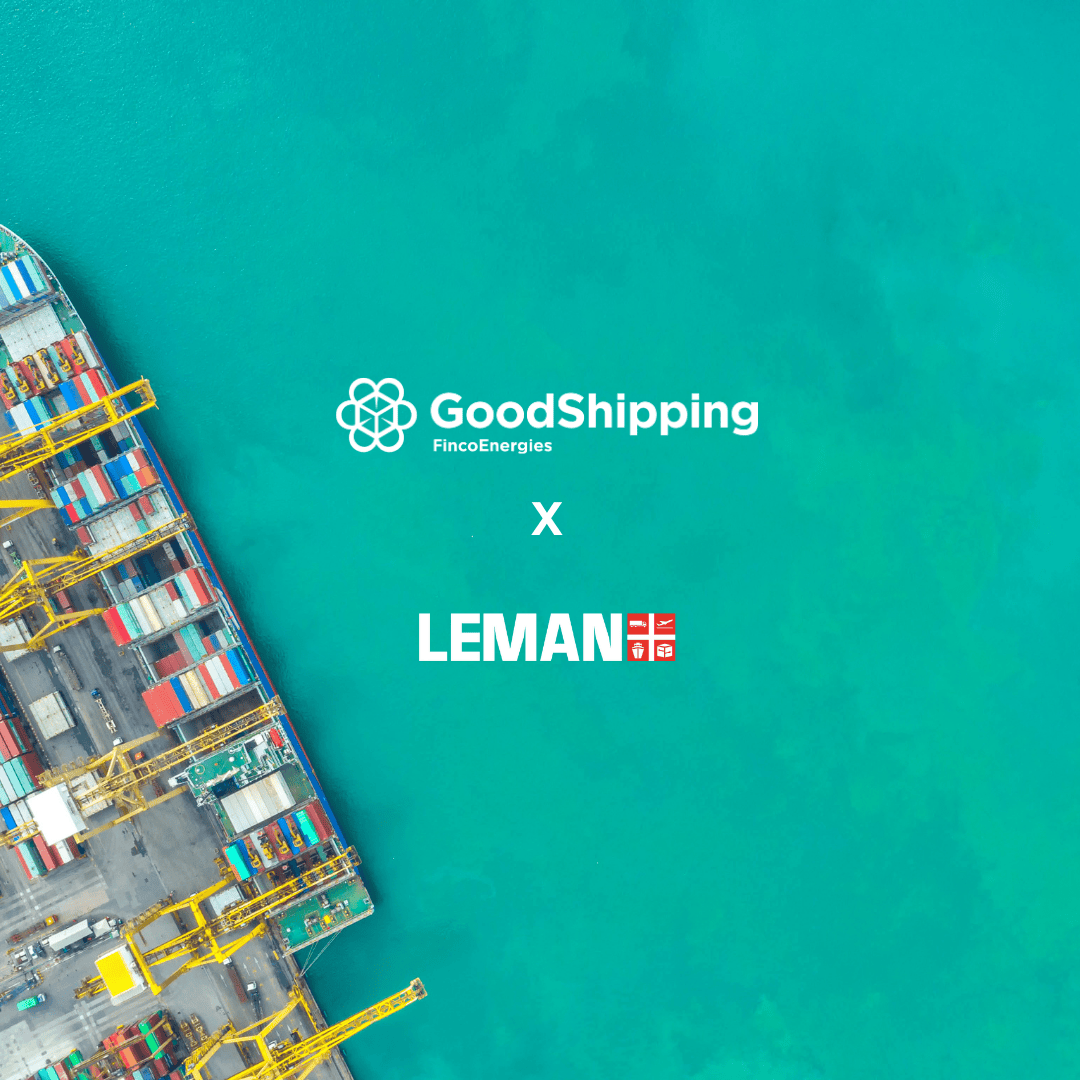

What is insetting exactly? Are there guidelines? Is it ‘just like offsetting’ or should it be considered as actual CO2 reduction? All very valid questions. GoodShipping has been a frontrunner in carbon insetting, ever since 2017.
We offer a decarbonisation service and support our clients in reducing their footprint from transporting their goods, through insetting. We are proud to sit at the table with other frontrunners like Smart Freight Centre, World Economic Forum, DPDHL, and others, to work on creating an accounting standard for insetting together.
In this article, we explain why there is a need for guidelines, what this working group is doing and what their next steps will be. Our colleague Janne, who represents GoodShipping in this working group, tells us more.
How to implement sustainable solutions in complex supply chains?
At GoodShipping we believe that decarbonising the transportation sector is a multistakeholder endeavour. Especially cargo/product-owning companies that ship their goods around the world will play an important role. One of the obstacles in the decarbonisation of this sector is that freight transportation supply chains are complex and cargo owners do not own the vessels, trucks, or airplanes that their products are being transported with. Which makes it difficult to implement sustainable solutions in the transportation sector.
A solution to win this obstacle is to book and claim emission reduction actions in the transportation supply chain. This is a win-win: the cargo owner who is interested in sustainable shipping and is willing to pay for this is accredited with the resulting emission reduction. Fleet owners receive the (financial) support of using renewable energy to move goods. On top of this, it does not require any adjustments in the supply chains. We have launched GoodShipping in 2017 on exactly this thought, we want to offer a solution for the cargo owners who want to act and reduce their emissions today (and thereby put up their vote for renewables in transport). In previous years we have seen what a great impact this mechanism can have.
Fast forward to 2022
Over the past few years, we have seen a tremendous increase in the demand for sustainable shipping. Fuel providers, shippers, freight forwarders, all want to accelerate this method and change the industry without having to build a new infrastructure first.
The challenge we run into; there is no trusted accounting framework in which transfers of emission reduction could take place. Without such a framework, companies cannot properly claim and account for the sustainable choices they made. If there would be a clear standard, it would boost insetting in the industry and with that, take a giant next step towards green shipping.
The solution we are working on therefore is to create such a framework, together with the now-experienced frontrunners, from all parties and angles of the industry. The Smart Freight Center created and facilitates a working group with World economic forum, Zerolab Klaveness, DPDHL, Maersk, Shell, CB Robinson, PepsiCo, REG, and GoodShipping.
What is this working group doing exactly?
In November 2021 we started by asking ourselves what criteria an Inset, or Emission Reduction Activity (ERA), should adhere to. Should there be a modal constraint? Should they meet the additionality criteria? How can we prevent double counting/claiming? As a group with parties in different fields and thereby with multiple views and opinions, we have moulded all of those focus points in a draft document, which we then revised and made into another draft, which was then open for public consultation. Meaning everyone that wanted could have a look and leave their comment.
Next steps: testing, optimising, and aligning
Now, our next step is reviewing if our proposals would work both in theory and practice as intended. To test that, several parties, such as GoodShipping together with DPDHL, will pilot the draft framework. And again, give feedback for improvement. Furthermore, we are aiming to align this accounting framework with the GHG Protocol and Science Based Target, so that insetting or ERAs can be used to reduce and reach a company’s Science Based targets.
Insetting is already a way for cargo owners or freight forwarders to start decarbonizing their supply chain today, without having to change anything in the existing infrastructure. Setting the framework for insetting is the next step in the development of this service, to make sure it will still make a positive impact when demand for insetting grows further in the future.








